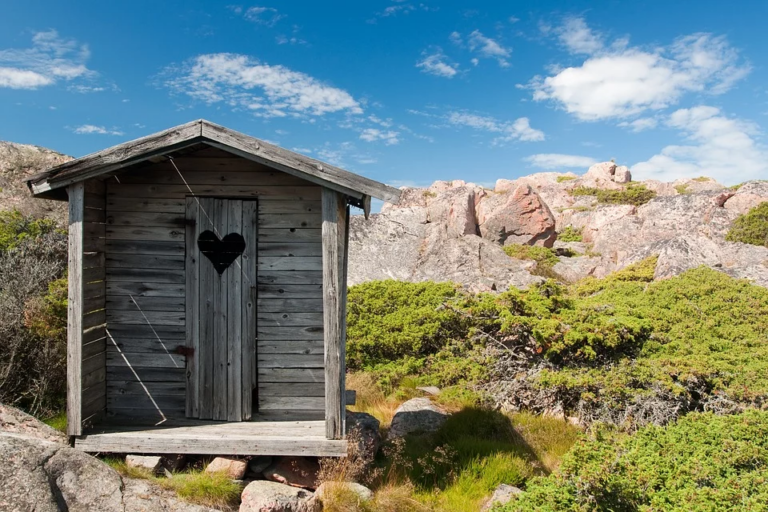If you live in a rural area, it’s likely that you rely on a septic system for your household’s wastewater instead of a municipal sewer system. A septic system works by taking your wastewater from your home, allowing solids to settle on the bottom and grease to float to the top and releasing liquid into a drainfield. The drainfield allows this liquid to soak through the soil to remove any harmful bacteria or viruses.
Without regular maintenance, septic systems can clog, malfunction, or become filled with scum and sludge. Replacing a system can cost anywhere from $3,000 – $5,000! With this in mind, it’s easy to see why regular maintenance is crucial for keeping a septic system in good operating condition.
Here are 5 tips to help you maintain your septic system and avoid a costly repair or replacement bill:
How to Maintain Your Septic System
1. Be Careful What Goes Down Your Drain
Dumping non-decomposable materials down your drains can fill the septic tank and clog the system. Blockages can damage the system and cause sewage backups into your home.
Materials such as cooking grease, coffee grounds, paper towel, and baby wipes should not be flushed down the toilet or rinsed down your drains. When in doubt, throw it in the garbage to avoid costly blockages.
2. Reduce Your Water Usage
Efficient water usage improves the operation of your septic system and reduces the risk of failure. The more water you can conserve in your household, the less water that enters your septic system. Apart from being conscious of the amount of water you use on a daily basis, you can install high-efficiency toilets and shower heads to limit your water usage.
3. Be Aware of the Appliances You Use
Every appliance in your home that relies on water affects the efficiency of your septic system. While it may be difficult to live without a dishwasher and washing machine, there are other appliances that can decrease the efficiency of the septic system.
Hot tubs and garbage disposals rely on your septic system in order to dispose of wastewater. When it comes to garbage disposals, treat it like you would your drains. Do not dispose of substances that could cause clogs and blockages. If you have a hot tub, be aware that one tub full of water can overload a septic tank. Place the tub opposite from the septic system and empty the water onto an area of your property that flows away from your house and septic drainfield.
4. Maintain Your Drainfield
Speaking of drainfields, it’s important to keep this area maintained as well. This part of your septic system consists of a network of perforated pipes laid in gravel-filled trenches or beds. They discharge the liquid wastewater in an absorption field.
Avoid planting gardens or trees on or around your drainfield. The roots can grow into the system and cause significant damage to your septic system and plumbing. Also avoid parking vehicles or building structures on top of the drainfield. This can cause the soil to compact and prevent the drainfield from working properly. It can also lead to broken pipes, leading to costly repairs.
Always keep the drainfield clear. This ensures that it’s easily accessible when you have the system pumped, or if you need a repair.
5. Have Your Septic System Pumped Every 3 Years
In order to maintain a healthy and operating septic system, it is recommended that you have the tank pumped every three years. This procedure keeps the scum and sludge levels from getting to high and seeping into your yard or causing a blockage. This should always be performed by a professional.
Whether you need a septic repair or you’re having a new septic system installed, the team at Peak Sewer is here to help! Contact us today.

